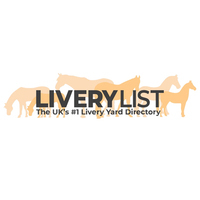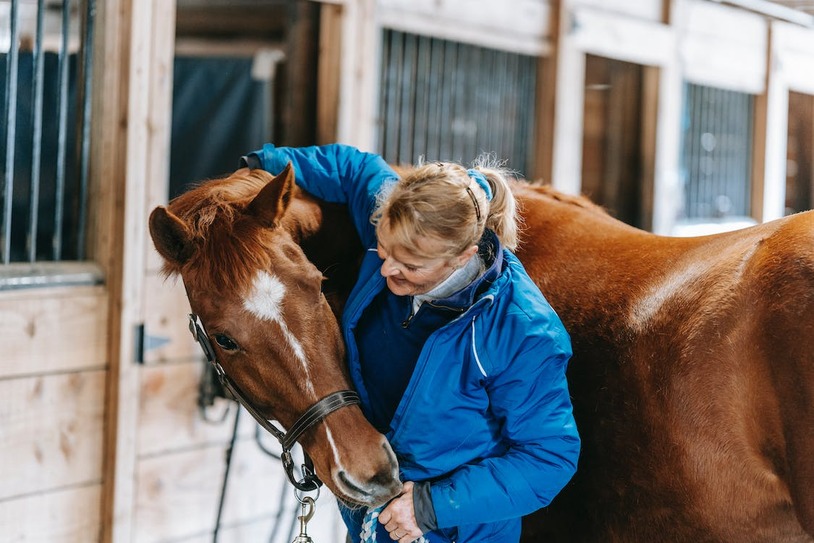Yard owners are finding the implementation of price increases difficult with almost
40% of horse owners responding to the SEIB survey stating their yard had increased their prices in recent months, with the understanding that many of their clients simply cannot afford to pay more. However, the livery yards are a business, and they simply cannot be unsustainable or supplement the cost of the client’s horses.
If you are a horse owner and your yard chooses to increase their prices and you feel there is no option but to change yards, opting for a cheaper yard that does not offer the same levels of care and welfare or opting for cheaper alternatives in other aspects of their care could simply cost you more down the line if these decisions lead to unforeseen problems with their health or behaviour, or increases their risks of accident or injury.
In the survey, a sizeable percentage of the yard owners responding stated that their clients often are not aware of the knock-on effect of waste, overuse of provisions or leaving lights on, contributing to their increasing costs. In the same way, it has been recommended to cut your costs at home such as using less water, reducing your heating, considering your electricity consumption and suchlike it is the same with keeping equines and considering where you can practically cut costs without compromising care. It is exactly the same for horse owners when they’re on the livery yards to be considerate of actions that can help the yard owners reduce their costs in the same way.

When a horse owner is seeking a cheaper yard, it is important to understand why they may be cheaper and to ensure that you have all of the information necessary to make an informed decision if that yard move is ultimately the right thing for you and your horse. Is it that they simply have not yet increased their prices, is it that they offer a lower standard of care or are they just lucky enough to be able to offer livery below market value. It is important for a horse owner to make sure that you ask questions about the levels of experience, care, and welfare when you are considering any new yard such as whether they hold insurance for the business, if they have livery contracts or biosecurity protocols and what the experience or qualifications are of themselves or their staff. Many horse owners are not aware that absolutely no experience or knowledge of horses is required to open a livery yard and therefore horse owners should be more diligent now than ever before when considering reducing the costs by changing livery yard.
LiveryList encourages all yard owners to take the time to review their business: from
calculating their outgoings to ensure they
stay viable with the ongoing price rises, to checking where they can make savings from suppliers, or how they can amend or reduce their livery packages to make them more affordable for all. Our popular
Yard Owner FB Group has thousands of yard owners across the UK working together to help survive these price increases and plenty of free resources are available to support this on the LiveryList yard Owner Hub.
LiveryList also encourages horse owners to
think carefully about their yard moves, considering why some yards may be cheaper, and to ensure the right due diligence is undertaken and the potential effects that may be causec by moving to the ‘wrong’ yard where the levels of care, provisions, welfare and experience may not be the same. We also have a useful
Guide to Finding Livery, produced in conjunction with the ABRS, and our
Yard Viewing Checklist, helping horse owners to decide if a yard is right for them. All of our resources are completely free to use and download on the
LiveryList Yard Owner Hub.



